Tibet has always been the first choice for many tourists to have a visit. Recording every special moment and most stunning beauties via cameras would add colors to your trip in Tibet. To take some fine pictures, you have to be capable of finding proper places and time to do so in addition to eyes to discover the beauty itself. What follows are some best places and moments to take photos in Tibet you will not miss. You can visit our website Tibet Vista and find these places to get some most fantastic photos if you plan a photographic tour in Tibet.
Places for Snapping Photos in Lhasa
Potala Palace
As the landmark building of Tibetan tourism, the best time to take photos on Potala Palace would be from 16:00 to 17:00. The position for the snapping:
1.at the pool eastern side of Potala Palace Square with water and willows as the foreground.
2.at the western side of Potala Palace Square in Chagpori Hill, shooting the picture with Dragon King Pool as the foreground in the morning and on a terrace in the afternoon.
3.outside the Lhasa city, after 2 to 3 kilometers at the right side from the Sichuan-Tibet Avenue Bridge, you could snap the Palace enveloped by mountains with the use of telephoto lens.
4. Within Potala Palace you could snap the architectural structures and gold-coated roofs of the Palace.
Jokhang Monastery
In the temple you could snap pilgrims who are spinning the prayer wheels and the route. Attention must be paid when you take the pictures. Your steps must be clockwise and anticlockwise is not allowed. You may snap the Potala Palace with the roof of the temple as the foreground. You could also shoot the face of the Jokhang Monastery and the Potala Palace Square in the afternoon.
Drepung Monastery
You could snap photos on the events such as exposing the Buddha in the sunshine and Tibetan operas during Shoton Festival that lasts a week since 30th June in Tibetan calendar.
Join our Tibet Photography Tour: 5 Days Photography Tour of Holy Monasteries
Scenic spots for snapping photos from Lhasa to Shigatse:
Buddha sculptures in Nyethang Drolma Temple
It is located at 14 kilometers away from Lhasa, the best time for snapping would be in the morning and it would be backlight in the afternoon.
Willow woods and valleys in Yarlung Zangbo River
2 kilometers from Qushui Bridge to Shigatse for willows snapping at any time of the day. When you enter into the canyon, there are many materials about man and nature for taking a picture. Then about 2 kilometers from Dazhuka village, you could snap the face of the Yarlung Zangbo River and the big scenes of valleys and pastoral life.
Tashi Lhunpo Monastery
Pictures taken in this temple are mainly for architectures and man.
Places for taking photos around Mt Everest areas
Mt Gawu La
After you pass the Mt Everest Natural Reserve ticket gate, you begin to climb Mt Gawu La at 5200m in altitude. When you are to reach the summit in a zigzagging path, you turn back and snap the river plains and green villages. At the peak of the mountain you could snap the 4 peaks along the Himalaya ranges. They are all 8000m above the sea level, namely, Mt Makalu, Mt Lhotse, Mt Everest and Mt Cho Oyu. From dawn to dusk, the four peaks are fit for sidelight. At dusk, the main body of Mt Everest facing us obtains the most light and the photographic effect would be better.
Rongbuk river valley
The ruins, Tibetan settlements and country life are good places and materials for shooting the humanitarian scenery around the Everest areas. You could also snap scenes that the locals herd yaks loading the gears and supplies for the mountaineers. From Zhaxizong village to Rongbuk Monastery you could also snap the rustic life with Mt Everest as background.
Rongbuk Monastery
From the window of the Rongbuk Monastery you could watch the magnificent Mt Everest. At the north side of the temple gate on a small slope you could take pictures of the mountain with scripture pagodas as foreground. There are also village huts and settlements for photographing from Old Tingri to Mt Everest.
Join our Tibet Photography Tour: 10 Days Photography Tour of World’s Summit and Sacred Tibetan Lakes
Places for Taking Photos in Gyantse Prefecture
The Palcho Monastery and Gyantse countryside
From Shigatse to Gyantse County all the way there are pastoral life and picturesque scenes for snapping photos. The focus of the snapping would be Palcho Monastery, Zong Shan ancient castles, fields and garden sceneries in Gyantse County. You could arrange your snapping in this way: we suggest you snap architectures, Buddhist towers and human figures in daytime in Palcho Monastery. Then 2 to 3 kilometers along from Rijiang Road to Shigatse you will come to a place vertical to the Palcho Monastery, where you could snap fine pictures about the back of Palcho Monastery, the pagodas in the setting sunlight and the waving red walls in the slope.
Zong Shan Ancient Castles
You could snap the face of the ancient castles in morning sunshine, so you have to get ready before sunrise. The best place for snapping would be 1 kilometer along the Gyantse to Lhasa road, at a field under a cement bridge where you could set you tripod on the ridge for shooting.
Kharola Glacier
A good place for snapping a photo. You climb over Smila Mountain at 4800m above the sea level; at the summit you could see a man-made lake, in the middle of which there are ruins of a temple. It is an ideal place for snapping a picture against the greenish lake water. The best season for a snapping of the glacier would be before June.
Lake Yambdrok
the place is 2 kilometers away from Nagarze town, you snap Yambdrok Lake or villages around it with fields as foreground. For an overall view, you have to ascend to the summit of Mt Gangbala at a height of 5200m.
Places for Snapping Photos in Shannan Prefecture:
Yumbu Lhakhang ancient castles
Yumbu Lhakhang is 8 kilometers away from Zedang town. At a slope north side of the road, some 700 meters away from Zedang, you could snap the castle in the afternoon and at dusk. At the ridge north side of the castle, you could take a picture in both morning and afternoon; the light is sidelight with Yalong canyon as foreground.
Places along Yarlung Zangbo River
To get the best pictures of the river, you’d better be at the turn 24 kilometers from Zedang town.
Places for Snapping Photos in Lake Namtso
Tashi Dor peninsula
Tashi Dor is the largest one among the five peninsulas in Namtso, and also the best place for snapping photos. The big stone columns, limestone caves and a 100-meter Mani stone wall near the lake are excellent materials for snapping. In limestone caves, you are suggested to use long-time exposure and do not use flash lamp. In Tashi temple, you could snap on humanitarian themes.
To record the evening glow of Namtso, you’d better make reefs and Mani stones as foreground. There is a small bump in the middle of the Tashi Dor peninsula where you could get the whole view of Namtso. You just need to set your tripod, turn your cloud terrace and snap, for every angle is beautiful landscape. From April to May every year, the melting Namtso Lake is magnificent scenery for taking pictures. You will feel as if you had come to the North Pole or South Pole but not in Tibet.
Join our Tibet Photography Tour: 6 Days Scenic Tour from Lhasa to Heavenly Namtso Lake
Places for Snapping in Eastern Parts of Tibet
Yanjing village
Upon the arrival of Yanjing, you will see a white pagoda against a red mountain. The best time for snapping would be at 3:00 PM. About 1 kilometer after you pass the village, you will see a big stretch of fields and village huts against red mountain body; the best time to snap the scene would be in the morning when sun rises. You could also shoot the process of salt production in the old salterns along Lancang River.Within 20 kilometers from Yanjing village to Markam county, it is fine place to snap the Lancang River and its surrounding canyons. The canyons are the most beautiful in November. Then, 30 kilometers away from Yanjing village, you turn to Hongla mountain, near the summit of it, you could snap on the snow mountains at the transecting ranges along banks of Lancang River. The best time would be in the morning.
Bangda Grassland
You could snap the panoramic view of the Bangda grassland at the highway to Yela mountain westward from Banda. After walking through the Yela mountain pass, you could snap the winding road. Then you will descend the mountain and snap Nujiang River; the best place would be at a curve near a small tunnel after passing through the Nujiang Bridge. In Lagen village after passing the canyon, you could get the best pictures in late Autumn when stretches of golden and red colors make the wild so beautiful and lovely.
Lake Rakwa Tso
Walking 3 kilometers along the Rancha Road at a protruding peninsula you could snap snow mountains and lakes opposite to you. There is a ruined house along the road, which is a very clear mark. You had better come to position before the sunrise for the photographing effect would be not so nice after the sunset for lack of light. The snapping position in dusk would be at 10 kilometers away from the Rancha Road; you go to the lake banks and snap the red snow mountain in sunset with river bed as foreground. After you leave Ranwu town to Bomê county near lake Anmu Co, you could get picturesque scenes from the villages, green fields and gardens along the river banks. The focus of the snapping should be the exit of Lake Rakwa Tso; water from this exit forms the Parlung Tsangpo River, you should bring the tripod to get a perfect picture. Guyu village is 90 kilometers away from Rakwa Tso. The green fields and village cottages as well as the snow mountains, gardens and wood fences here are of great value for snapping pictures.
Bomê county
Bome county is also called “the lesser Switzerland”. In golden Autumn, you will find rich colors for pictures in pastoral country and village cottages near Yupu town. There are many snow peaks in Songzong village, 40 kilometers away from Bomê county. Here green fields, trees, streams and river beaches are also available for taking photos.
Nyingchi prefecture
In Nyingchi, Mt Sejila is the finest place for snapping Namcha Barwa Peak. Position for snapping would be at 6 kilometers from the mount pass where you could snap the Namcha Barwa Peak and another Jiala Bailei Peak (7151meters above sea level). The best time for snapping would be in the afternoon or at dusk and the light would be sidelight. You could obtain the finest pictures for willow woods along Nyang River in April and the late Autumn in early November. Attention must be paid here for the frame of the pictures and coloring. There are also themes on woods and fields along the Nyang River for recording.
Join our Tibet Photography Tour: 10 Days Photography Tour of the “Eastern Switzerland” of Tibet
Places for Snapping Photos in Ngari Prefecture
Holly Lake Manasarovar
There are many monasteries around Lake Manasarovar. Two of them are most fit for pictures. The first one is Jiwu temple where you could find prayer flags, Mani stones and bull head bones; all of them could be utilized to express the theme of ”holly lake”. At the north side of Jiwu temple on a small slope scatters several pagodas that could be the foreground of Mt kailash at dusk. Here in the hill, returning herds of cattle and sheep in the setting sun also makes a warm picture of pastoral life for pictures.
Then you will walk for 1 kilometer along a rugged path from Jiwu temple and climb a slope near a lake in the east. The slope is a nice place for taking pictures on the Holly Lake Manasarovar and Mt Kailash both in the morning and afternoon with sidelight. The second place would be Chugu temple: the temple is located at the foot of Mt Naimona’nyi (7600 meters above the sea level), a nice place for taking photos on the holly lake against the holly Mt kailash.
Lake Rakshastal
Lake Rakshastal is also known as Ghostly lake. There are two places for taking pictures. The first one would be 11 kilometers away from Jiwu village, where you could incorporate Mt Naimona’nyi and Lake Rakshastal into one picture. The second place would be south of Lake Rakshastal where you snap pictures on blue lake water, golden sand dunes and holly mountain Kailash.
Mt Kailash
The best place for Mt Kailash picture would be 8 kilometers away at the Laqu valley, where you could make use of the reefs and canyons as background. There are also Mani stones, prayer flags and zigzagging streams as foreground.
Zanda County
The county is renowned for its earth forest, Guge Kingdom relics and ancient Zhangzhung civilization. As the core of photo taking in Ngari Prefecture, you’d better arrange 3 or 4 days for photos. You could obtain the overall view of earth forest and Himalaya snow mountains at 22 kilometers away from the county; the time choice would be at dusk. For pictures on Guge relics you might get into the relics and take photos there. The best time and position would be at the clearing in front of the relics in setting sun, you will get many exciting pictures from every angle.
Join our Tibet Photography Tour: 15 Days Ultimate Photography Tour of Holy Kailash and Manasarovar Lake
The main contents for shooting pictures in Tibet:
1.Natural landscapes
2.Ethnic customs
3.Religious cultures
4.Humanistic landscapes
The best time to snap pictures in Tibet:
If you want pictures on Tibetan natural landscapes you have to pay attention to the seasons. The best time to snap pictures in Tibet would be April to July, late September to early November.
From April to July: the weather during this period is stable with minor rainfalls. There are seldom landslides en route. It’s relatively safe. Especially when you snap pictures on snow mountains such as Mt Everest, there is a high probability that you will meet a clear day with fine visibility.
From July to August: Tibet enters into rainy season during this period. But the vegetation is better now, and you could see yourself enveloped in an emerald green at every angle. All the farm fields are filled with cole flowers. However, there are more rainfalls now, and you can seldom see sunshine in dawn and at dusk. The road becomes rugged with relatively lower safety factor. So we suggest that you will avoid July to September for taking pictures.
From late September to November: the climate in this period becomes stale now, and October is the best time to get a picture on the golden autumn from October to November.
What to pack for your photographing gears:
1. A tripod would be a must fit for snapping pictures on Tibetan stars at night or within the temples. The light in the temple is dim and you are not allowed to open the flash lamp. You will get a better picture if you use tripod to stabilize the camera with long exposure.
2. For common digital cameras, adequate batteries and storage cards are essential in case of lacking storage room.
3. Some essential auxiliary items of the camera such as UV lens, lens hood, rainproof and dust-proof. It would relatively difficult to maintain cameras in Tibet with higher cost.
The maintenance of photographic gears in Tibet
In many places in Tibet you will meet much wind and dusts, especially in the holly mountain areas. In daytime the sand dusts will penetrate into every chinks of your camera and lens. What follows are measures to maintain your camera:
1. Bring your camera bag or box. Seal the camera and its auxiliary items in bag when you are not using them.
2. Do not expose cameras under the sun for long time.
3. Do not expose the camera in moisture. Pack the camera immediately after you take photos.
4. Clean all the gears thoroughly every night, including the interior parts of the camera and chinks of the lens.
5. The air box effect of the zoom lens should be smaller so as to filter dusts and smog; this is especially true when you are in dusty days or in the temples where cigarette smoke are many.
6. Protect your camera against the dramatic change from low temperature to high temperature in a short time. The temperature changes dramatically in some parts of Tibet. So you shall not expose your camera to such a change. You are suggested to wear a “thick coat” on your cameras to prevent the dews that may occur under such conditions.
Some tips you should remember when taking pictures in Tibet
1. In some parts of Tibet, the locals do not understand much about photos. Some even believe that taking photos is an evil deed. You could not take photos on man if the locals refuse to be filmed in case of possible misunderstandings and troubles.
2. If you want some natural man photos in Tibet, the best way would be communication with the locals. You could take fantastic pictures once you are accepted by the locals or else you could only get some superficial pictures.
3. You could give some of your pictures to those who are snapped. In pastoral areas, many herdsmen did not see their photos before, so they will be very much pleased if you share your photos with them as souvenirs.
4. You are not allowed to snap pictures in the main shrines of the temples, especially the Buddha stone sculptures. In some temples, you must pay a sum of money then you could take pictures. The fee varies from 5RMB to dozens of RMB according to the fame of the temple. But you could snap at the open-air area within the temple.
The aforementioned places and time are materials for taking photos during your trip to Tibet, as well as some tips. They are all summarized by former tourists and guests travelling there. Since Tibet is a unique place with most untouched landscapes, there are always more pretty spots waiting for your exploration and recording their natural beauty and religious themes. Take your camera and join our Tibet tour programs and discover another Tibet soon.
.jpg)



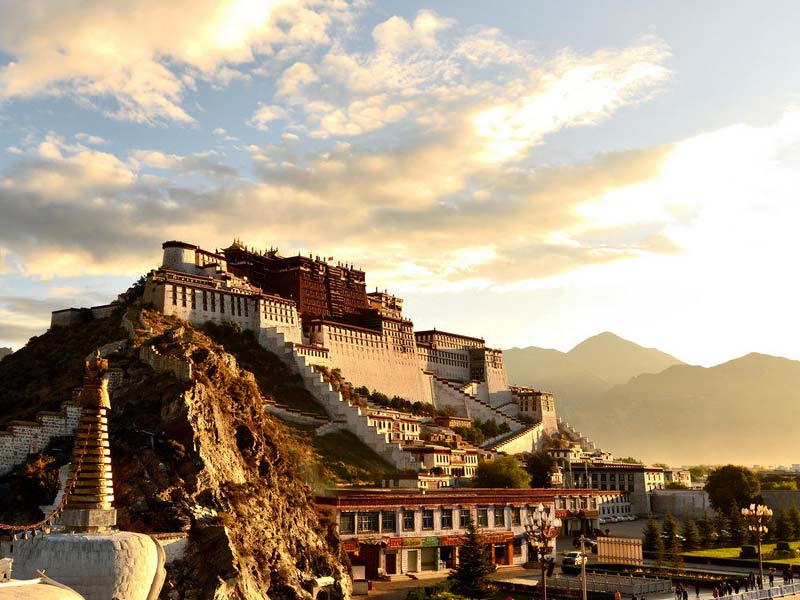
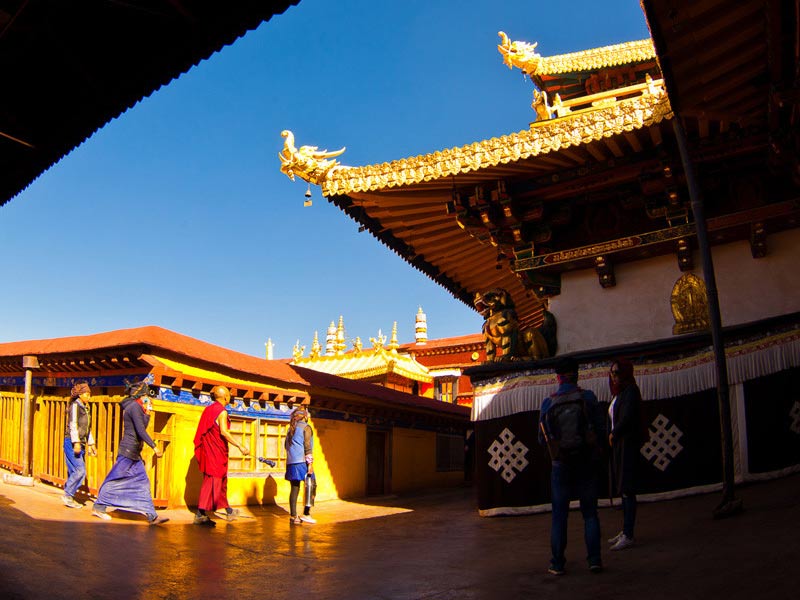
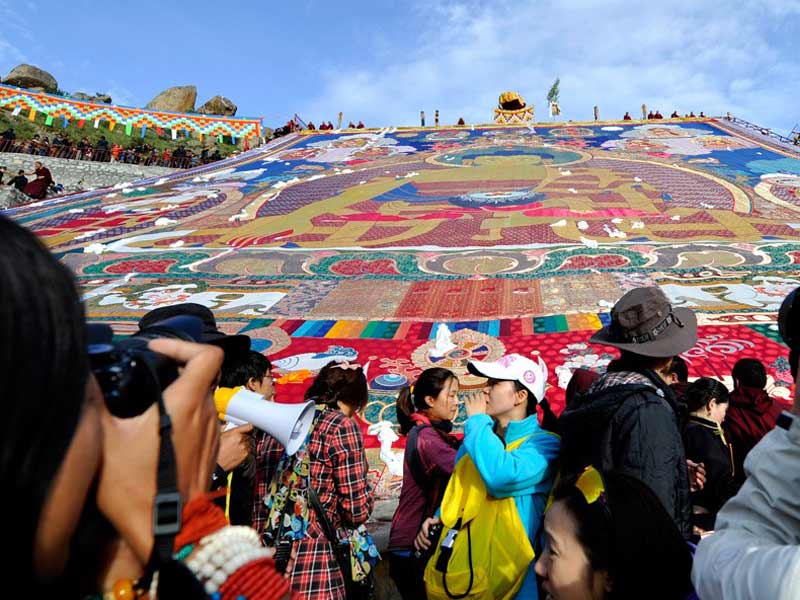
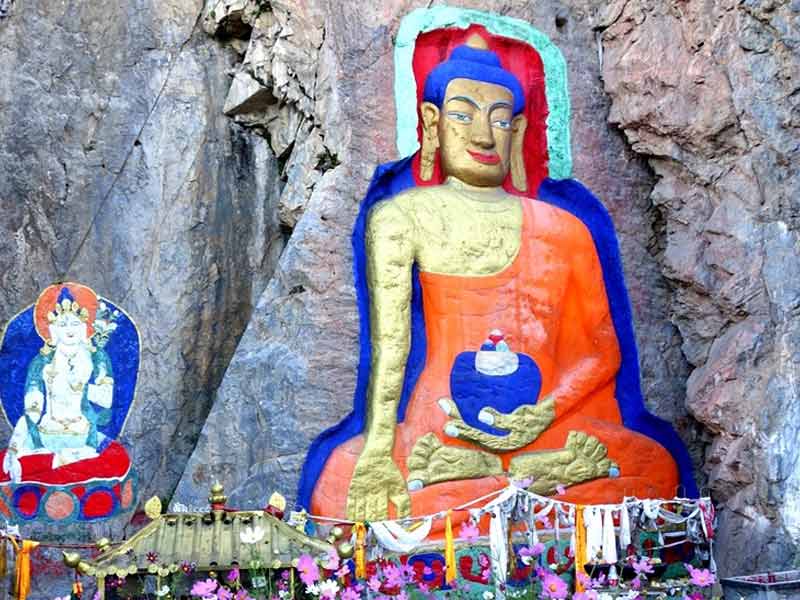
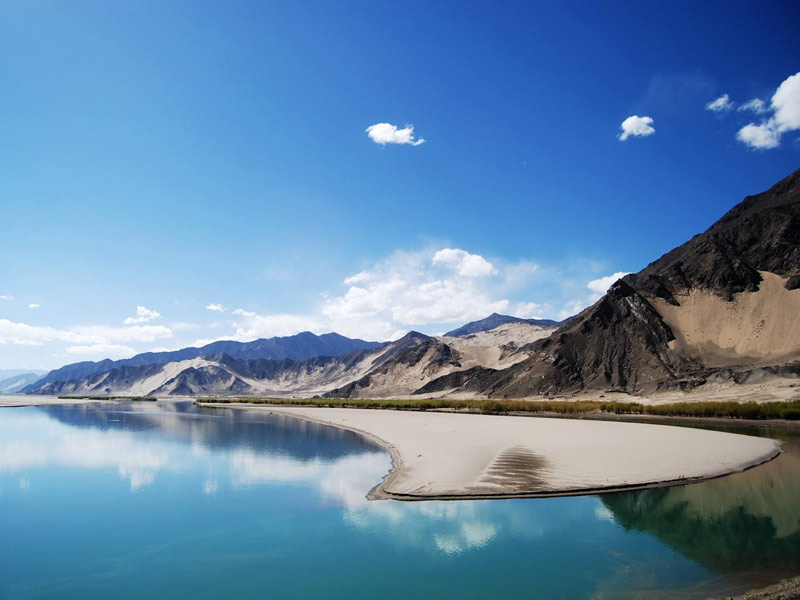
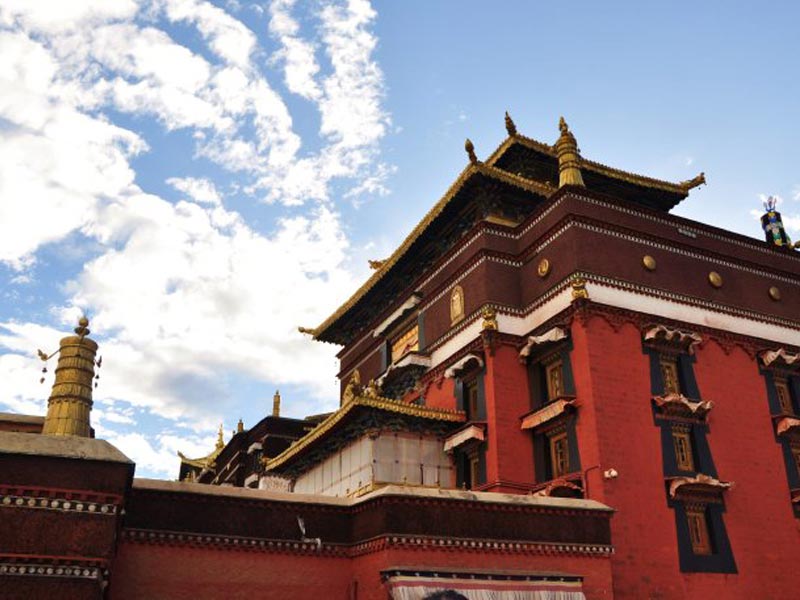
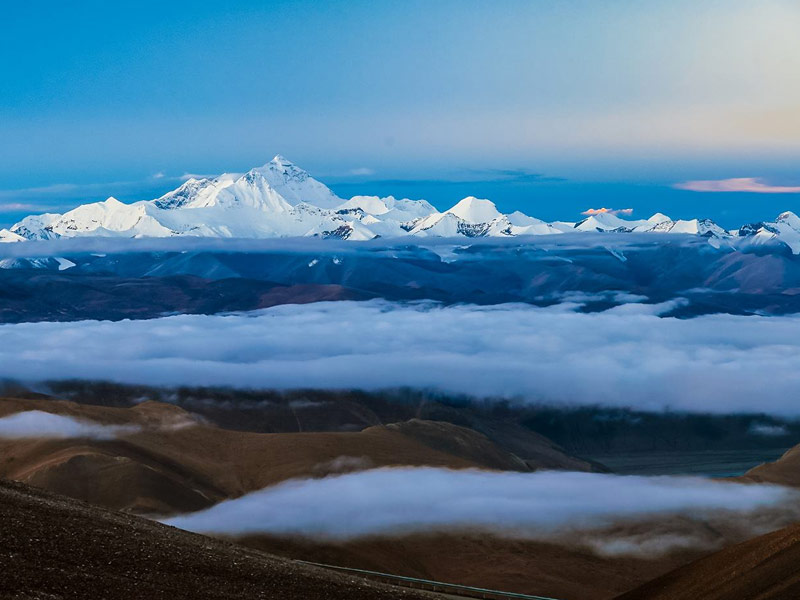
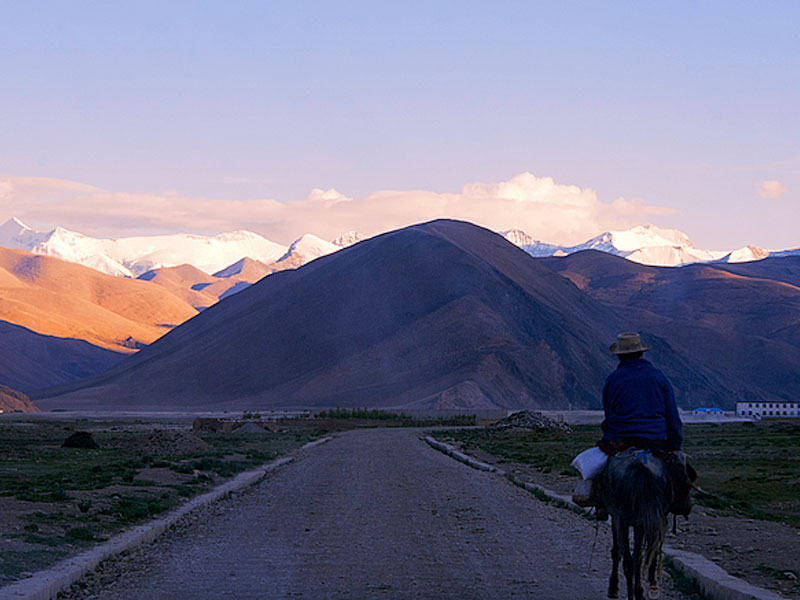
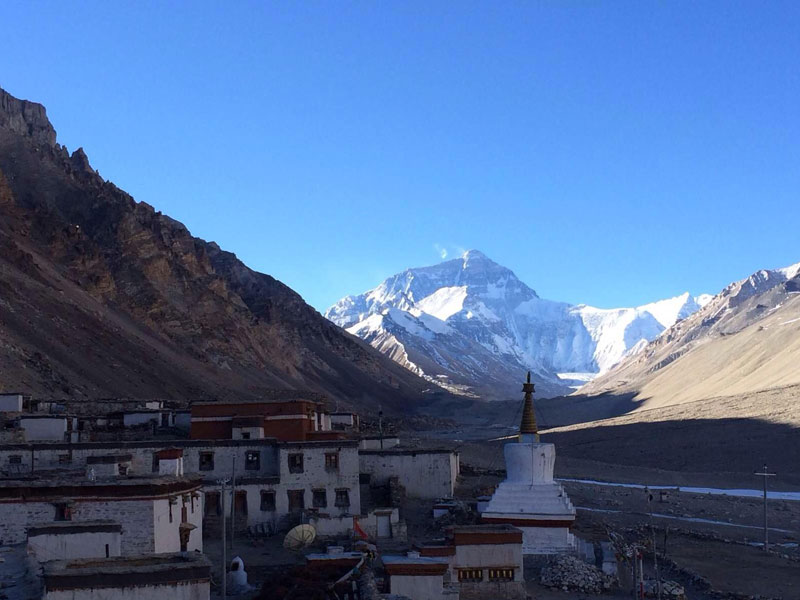
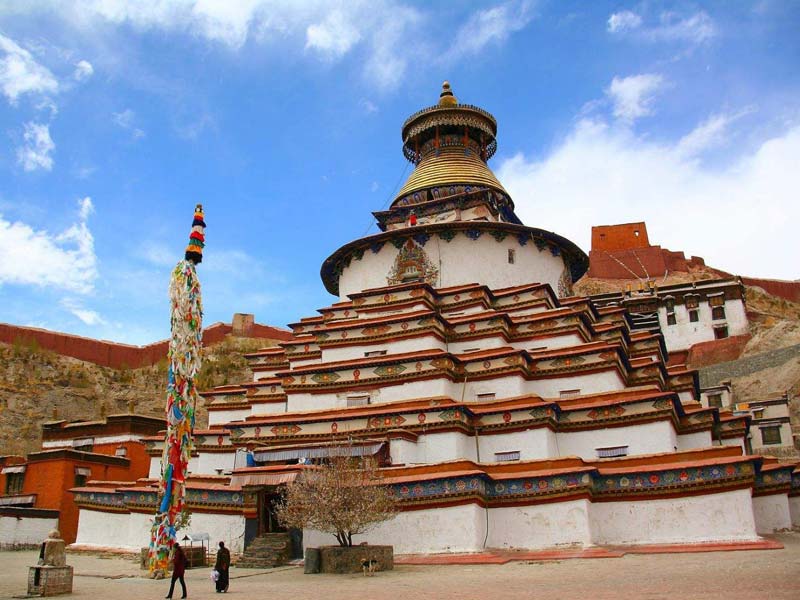
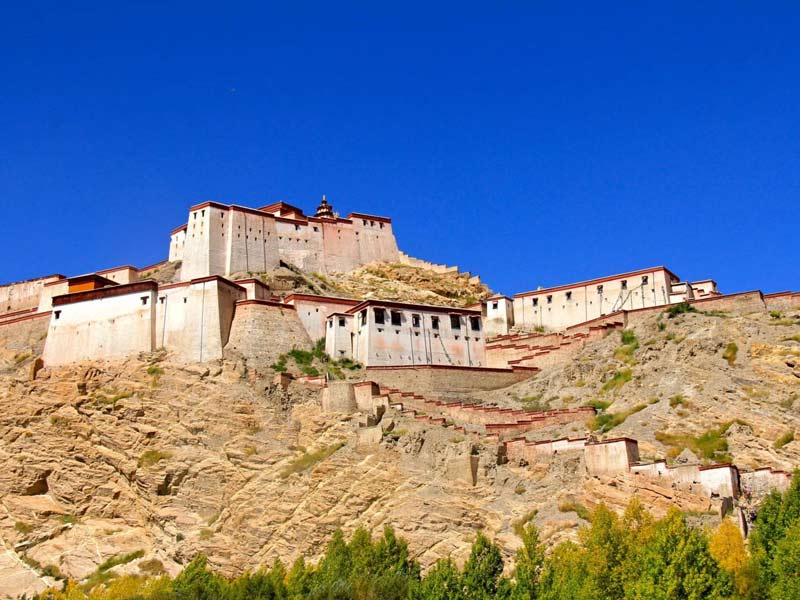
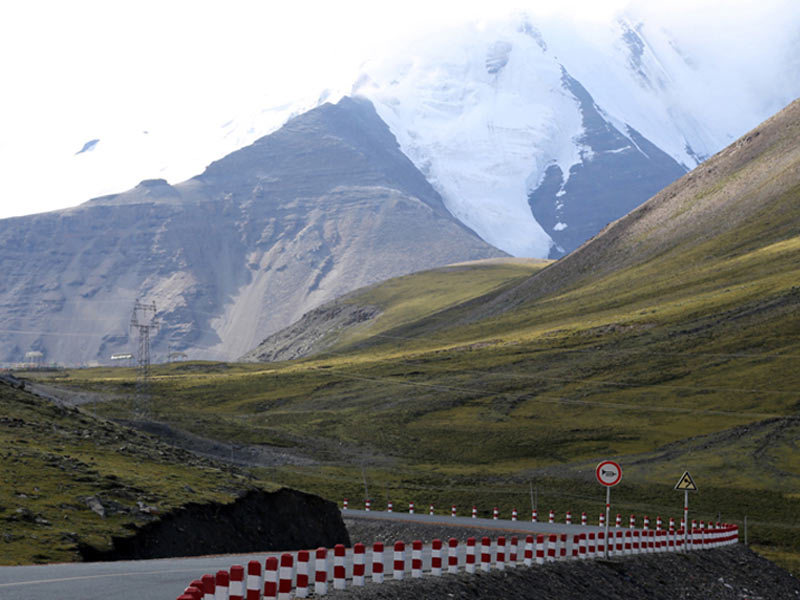
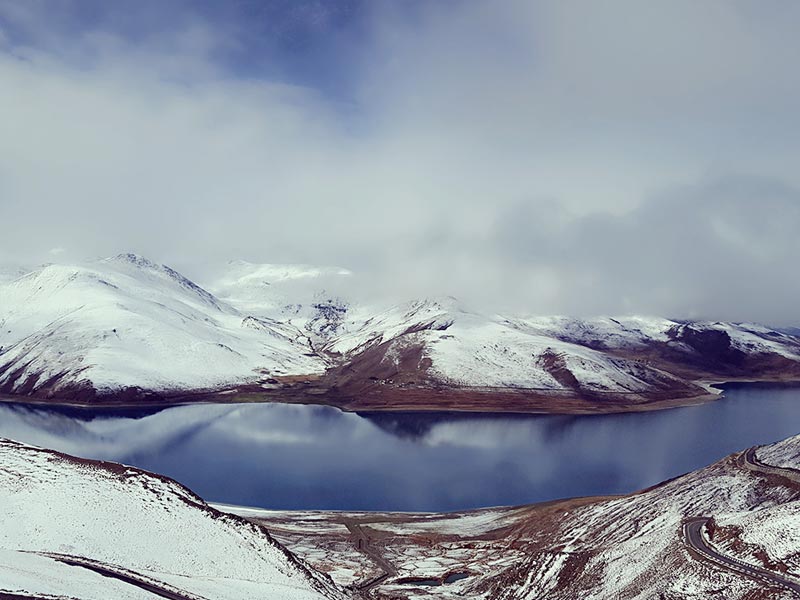
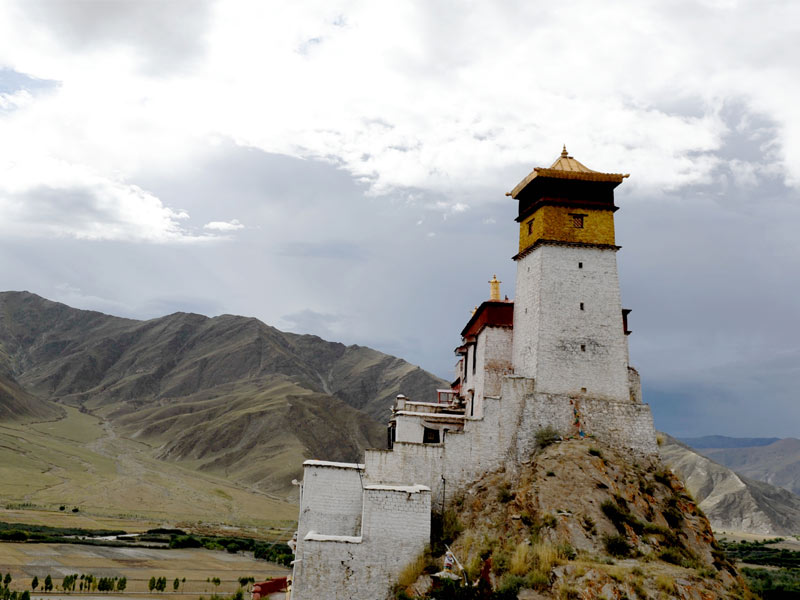
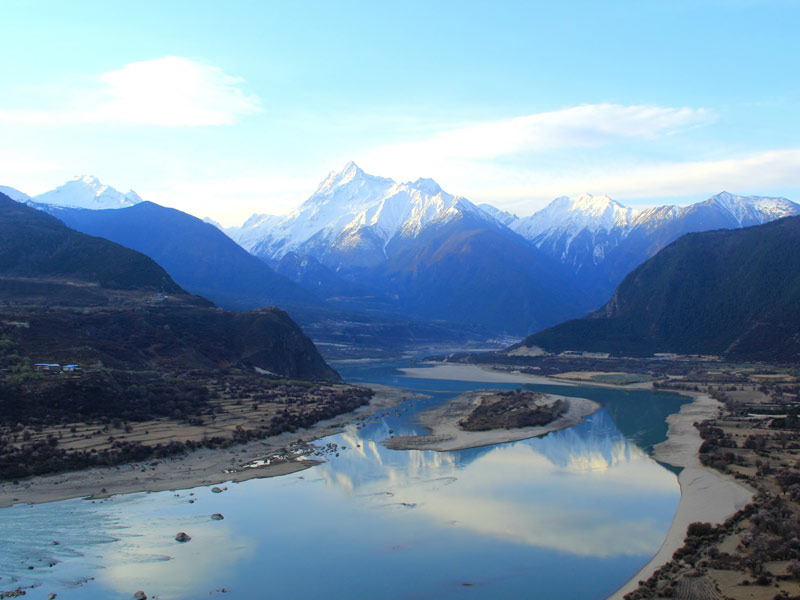
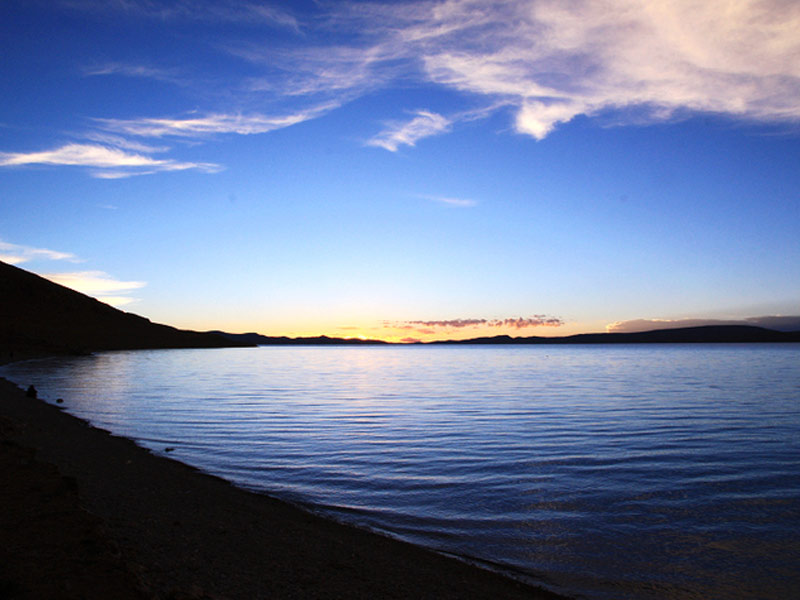
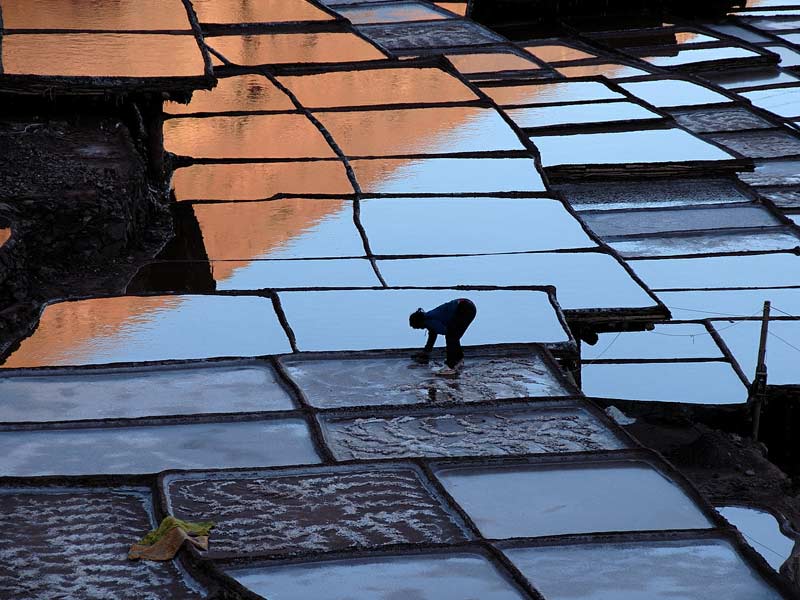
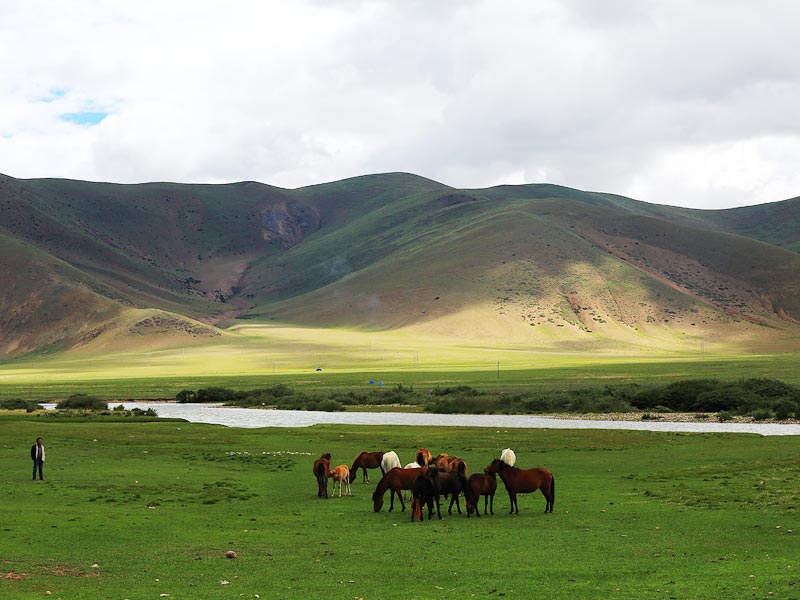
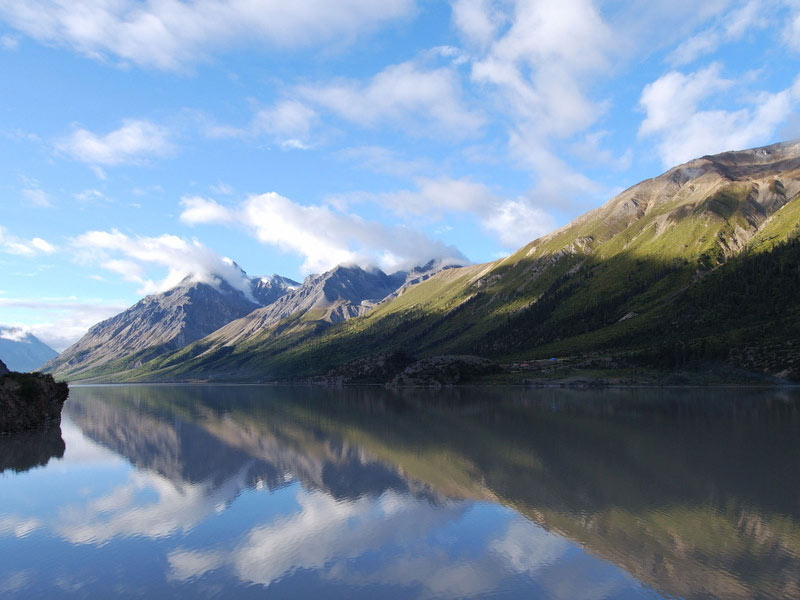
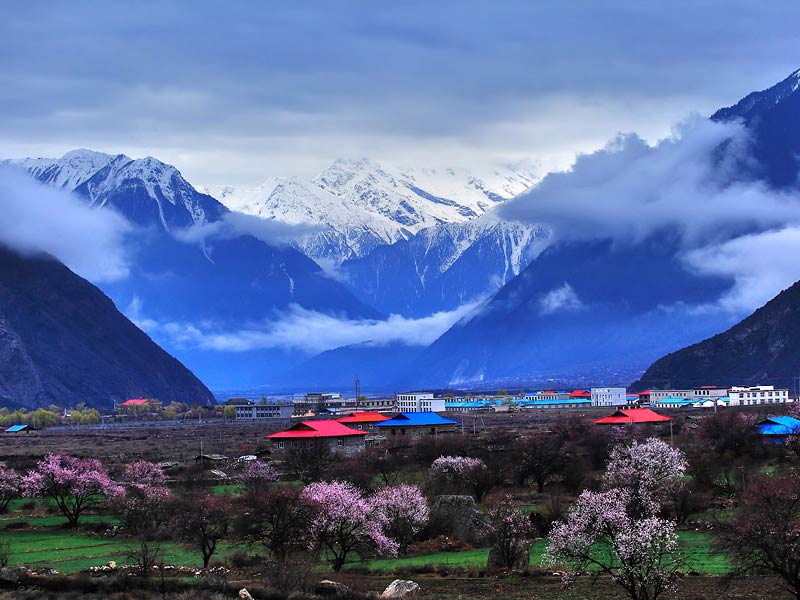
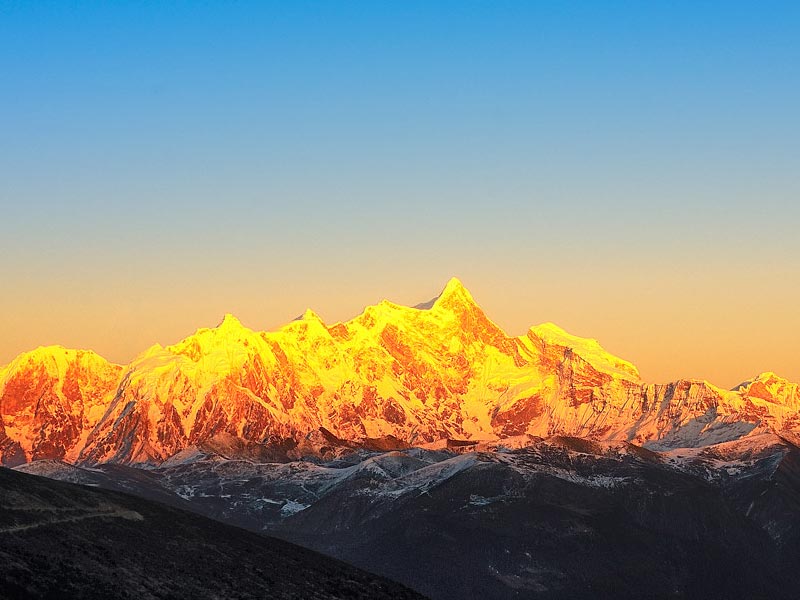
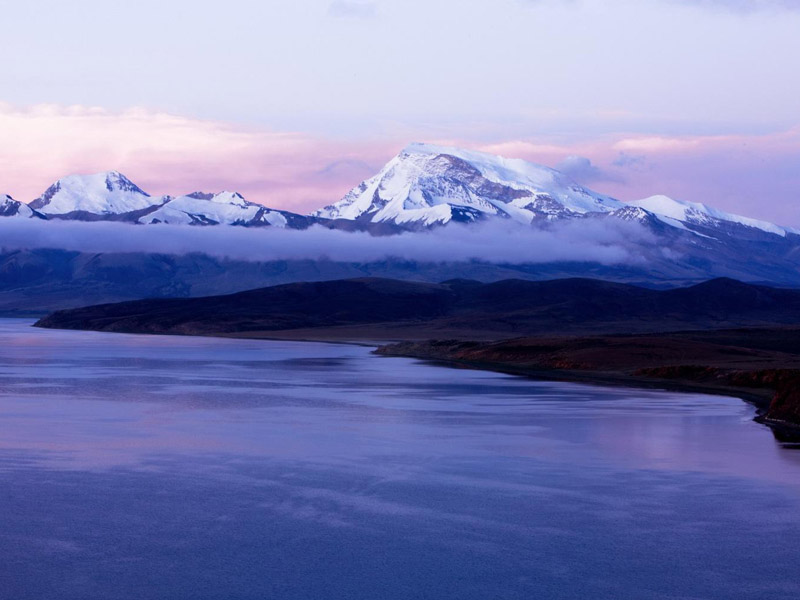
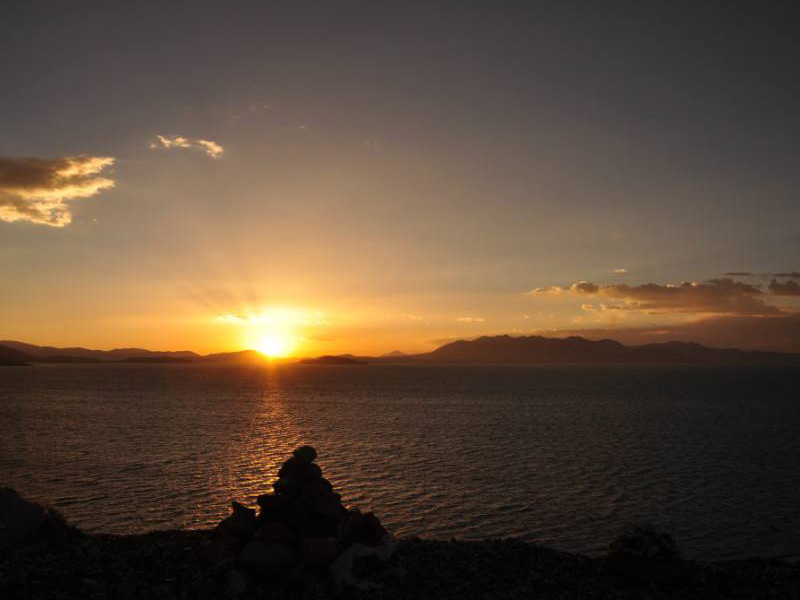
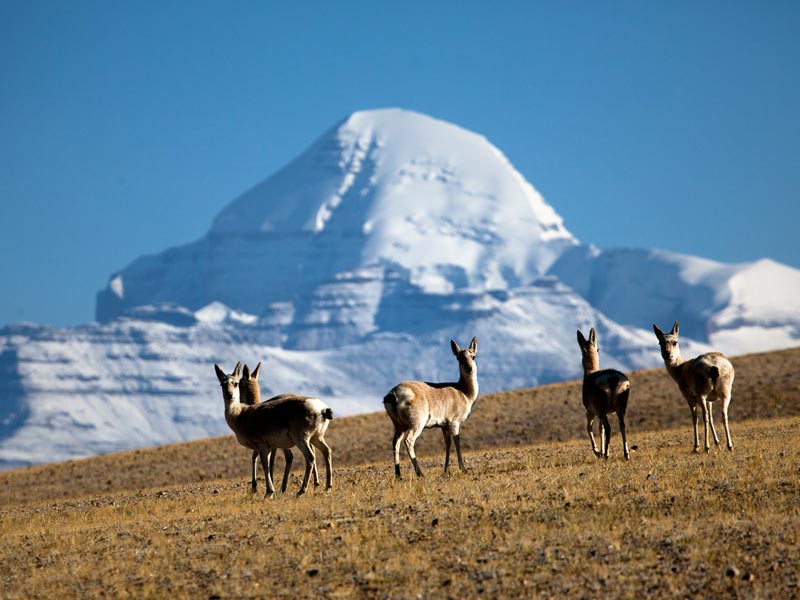
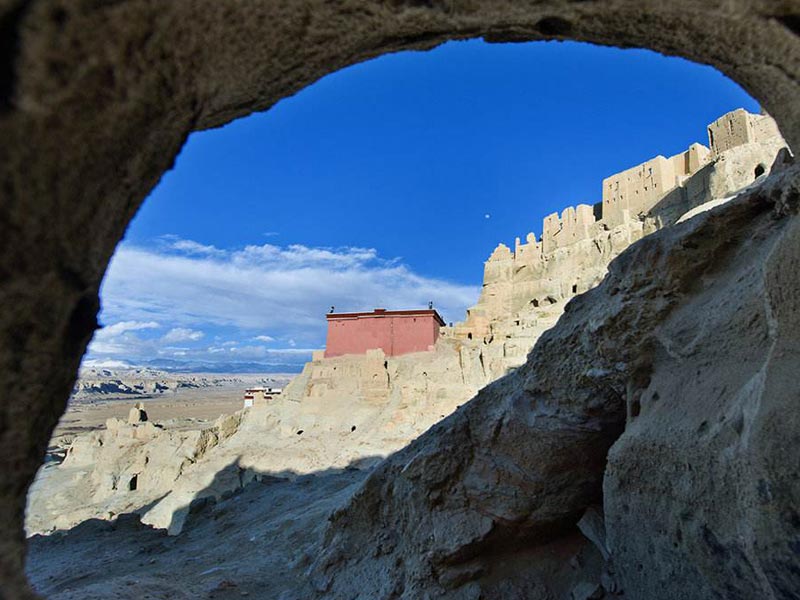

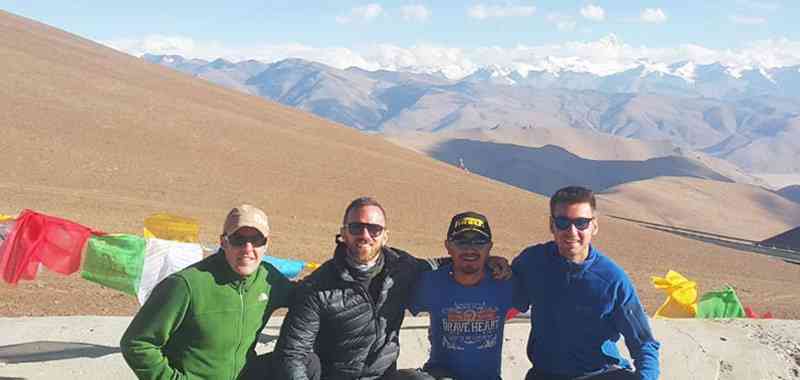






0 Comment ON "Record Beauties in Your Tour: Best Places and Time for Snapping Pictures in Tibet"